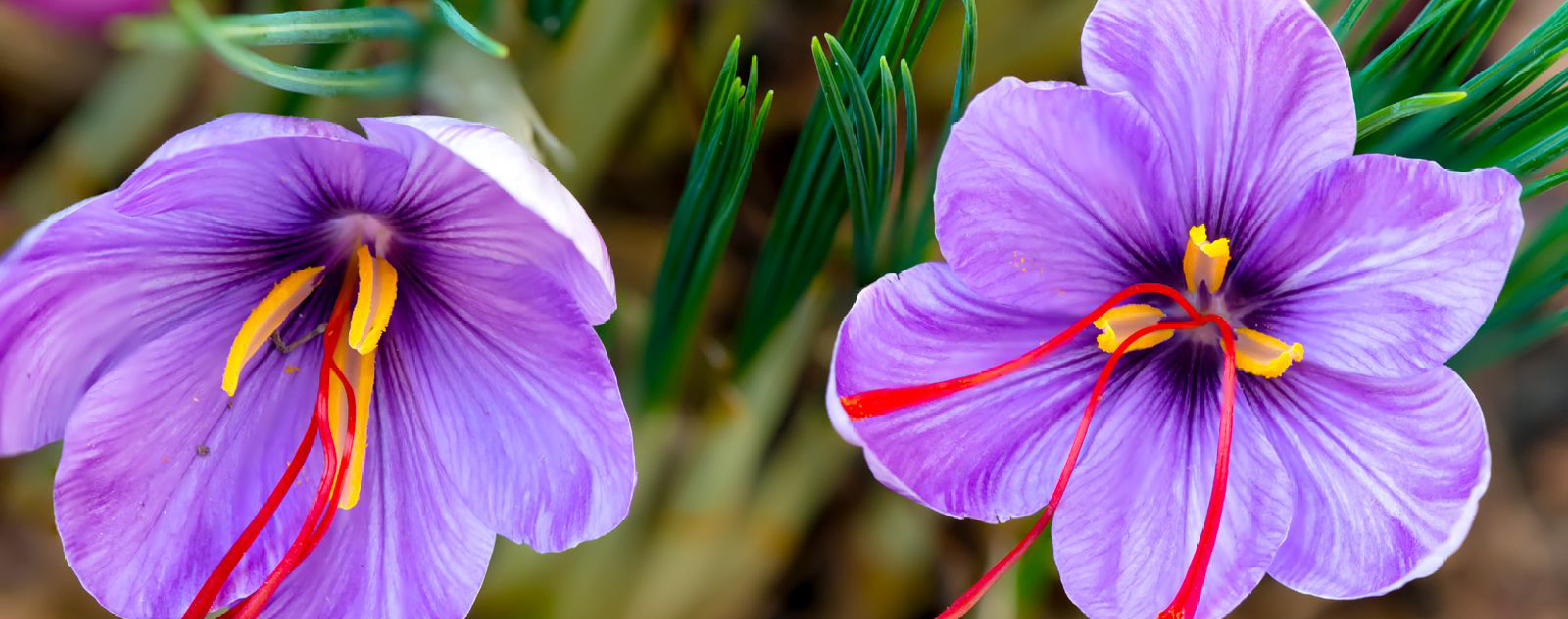
The global pistachio market is entering a tighter phase in the 2025/26 season. While the United States delivered a record harvest, sharp downward revisions in Iran and Turkey have pushed total global production lower than last year. According to the

Saffron Market 2024: Record Harvests, Rising Prices & Strategic Growth Across Iran, Turkey, and Spain
The global saffron market is witnessing significant growth as favorable weather conditions boost production across major cultivating nations like Iran, Turkey, and Spain. This comprehensive update explores the key insights, trends, and future outlook for the world’s most expensive spice, and highlights opportunities for UAE-based importers in this thriving market.
Iran's Saffron Market Shows Positive Outlook Amid Global Competition
Iran remains the world’s largest saffron producer, contributing over 90% of global supply. Favorable weather conditions are expected to yield between 350-400 metric tons in 2024, marking an improvement from last year’s drought-impacted 300-350 metric tons. This increase has led to a renewed push by Iran’s Ministry of Agriculture to support the industry through strategic planning and international trade alliances. However, Iran faces stiff competition from newer markets as well as challenges in international trade due to economic sanctions and financial barriers.
Turkey: Favorable Climate Boosts Production in Safranbolu
In Turkey’s Safranbolu region, cooler temperatures have spurred a promising saffron season, with blossoms flourishing early. Turkish saffron prices are currently at 320,000 liras per kilogram, with production anticipated to extend until mid-November. This year's harvest is expected to yield around 20 kilograms of high-quality saffron, thanks to the region’s ideal growing conditions.
Spain’s La Mancha Region Sees Improved Yields Amid Challenges
The La Mancha Saffron Designation of Origin (DOP) in Spain is forecasting a better season due to favorable weather, despite recent declines in production. Spring rains and mild autumn temperatures have improved crop health, but structural issues remain. La Mancha saffron farmers face limited mechanization, aging workforce concerns, and reliance on small-scale farming, making it challenging to meet global demand.
EU Imports Increase as Demand for Quality Saffron Surges
European demand for saffron remains strong, with the EU importing higher volumes this year, led by key suppliers like Iran, Spain, and emerging producers such as Turkey and Bulgaria. The EU’s growing preference for high-quality, certified saffron creates opportunities for new exporters, while established regions like La Mancha benefit from geographical indication status, ensuring authenticity and premium pricing.
Saffron Price Trends and Future Outlook
As of October 2024, global saffron prices are at an all-time high due to limited supply from previous years and surging demand. The average export price for Iranian saffron rose by 22.5% year-over-year, while Turkish and Spanish saffron continue to command premium prices. Moving forward, prices may stabilize if new players, such as Cambodia, increase production capacity. However, with climate concerns and rising production costs, prices are likely to remain elevated, creating opportunities for high-margin exports.
Key Trends Influencing Saffron Prices in 2024:
Key Takeaways for UAE Importers and Traders
FAQs: Saffron Market Trends 2024
Conclusion
As the world’s “red gold,” saffron remains an invaluable commodity with a strong future outlook. UAE traders, by strategically sourcing from diverse markets, can play a pivotal role in this dynamic global supply chain.

